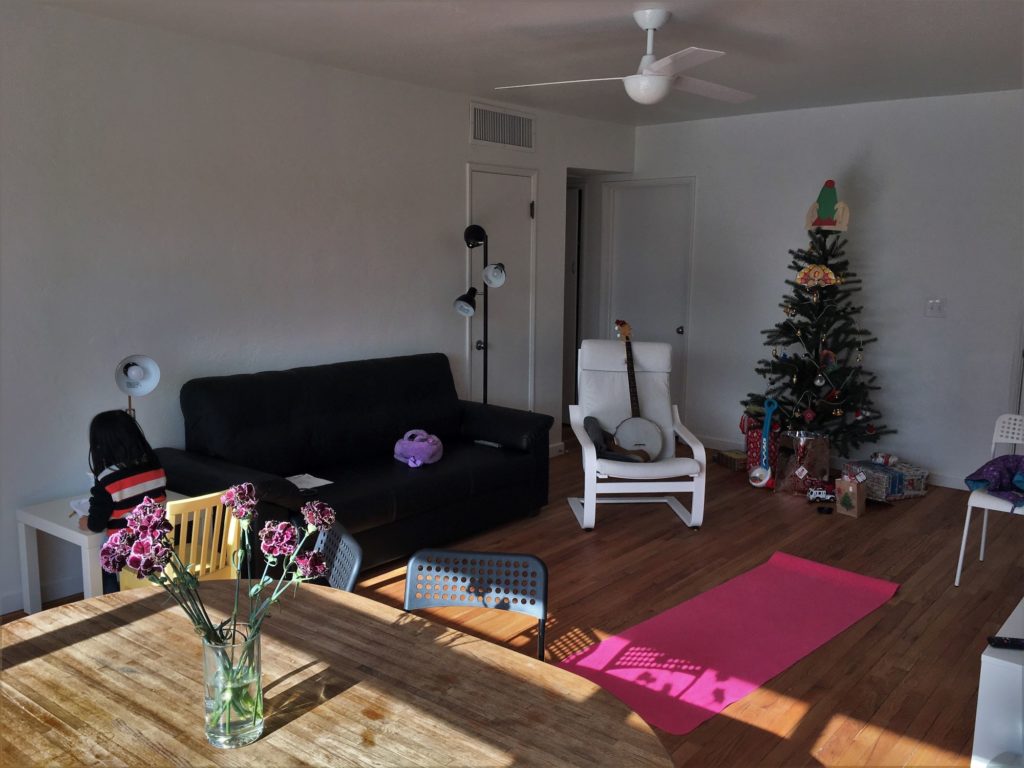He cut two long rectangles,
Colored them blue,
Held them against his face.
😭
He cut an oblong shape,
Sharp corners at each end.
Colored it red,
Lips.
He cut a square,
Drew a face,
Colored it brown.
???
䷏䷿
drink and feast
but no wet heads!
GRIZZLY PEAR
He cut two long rectangles,
Colored them blue,
Held them against his face.
😭
He cut an oblong shape,
Sharp corners at each end.
Colored it red,
Lips.
He cut a square,
Drew a face,
Colored it brown.
???
䷏䷿
drink and feast
but no wet heads!
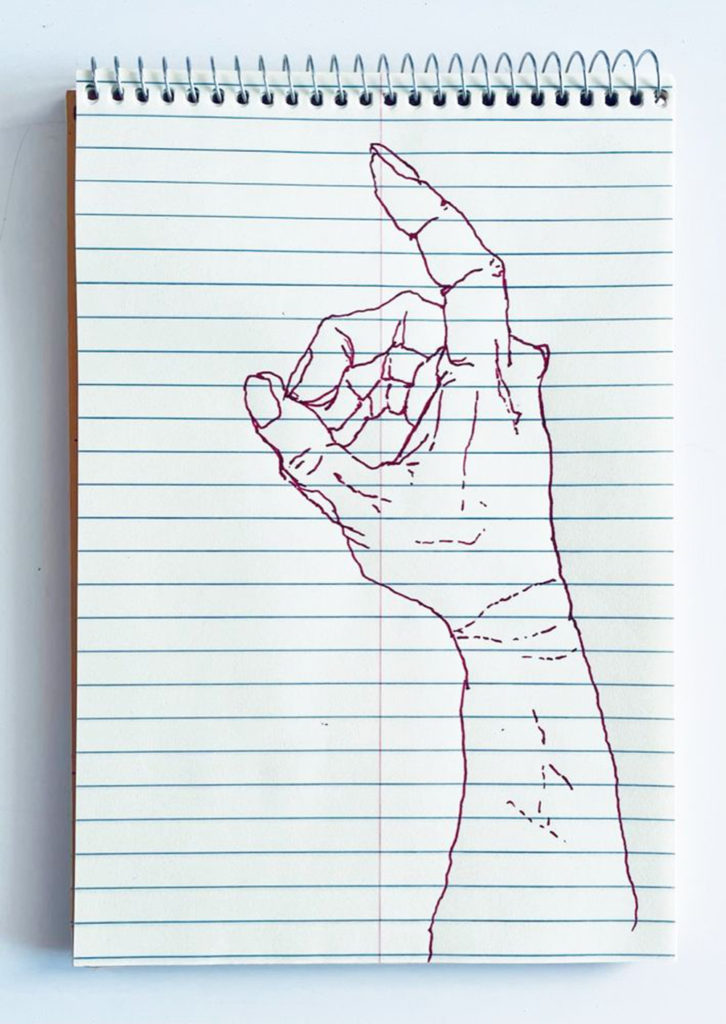
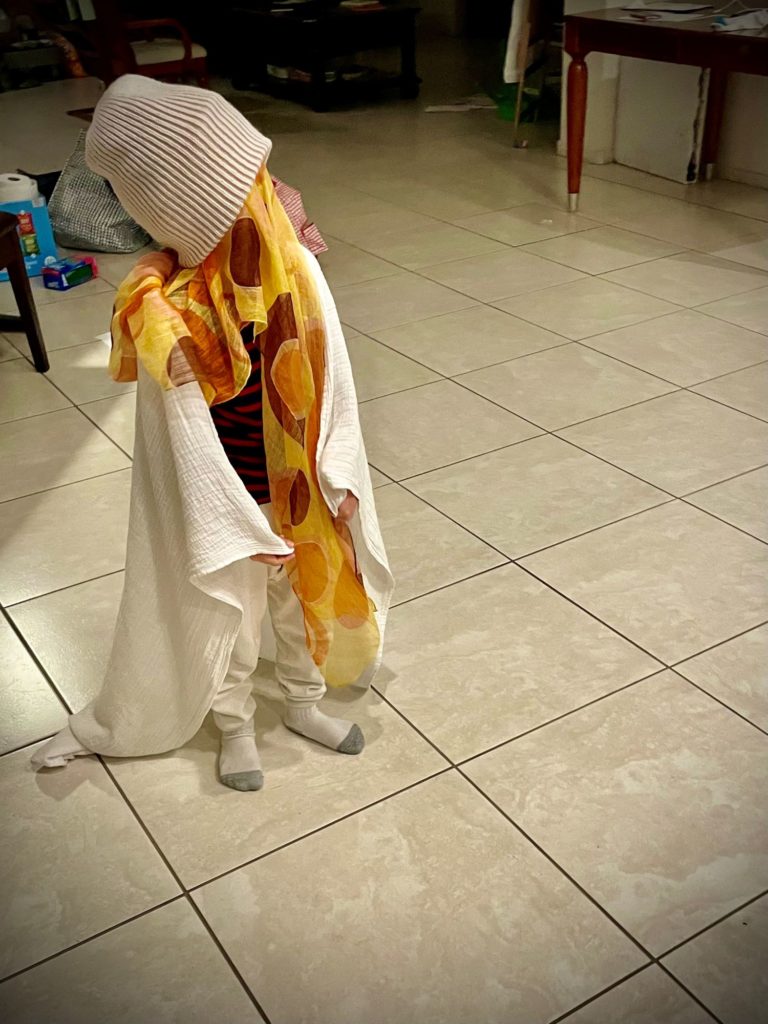
The kids caped up and whirled to programmed songs on the keyboard. After she was dragged off to study Chinese, he ran around the house as a ghost. The beanie-veil combo is a fresh innovation in our house.
Arriving home, I was greeted by Wordle.
The kids snuck off with the iPad.
Giggling in the playroom,
They connected to the living room TV.
Stop playing with the iPad!
I have to take my shower first.
Coming out to play,
He already took four guesses.
AUDIO
AUDIO
AUDIO
AUDIO
□□□□□
□□□□□
䷚䷧
carry a burden
ride a carriage
invite mischief
She sat on the kitchen tile,
pulled the pillowcase over her legs
put the socks on her feet,
slid out and hopped up,
proudly displaying
a topsy-turvy skirt wearing socks.
A few minutes later,
I wandered into the living room.
Two kids wriggling inside
the stretched out skirt.
she looked up, grinning,
“a chrysalis!”
I grabbed my phone,
but the older butterfly was
already chasing her brother.
Twirling a chrysalis
over her head,
a lasso.
䷤䷩
auspicious woman
children dally
great crossing
elephant laughter
We left the world as it shut down.
Three years later, we decided to visit the library.
For a Japanese koto concert
(we lasted one song)
Shopped at the friend’s bookstore,
Browsed the stacks,
While we were out, we went shopping.
(our first time with the kids)
He rode the shopping cart seat,
She scrunched in the basket.
She got out and pushed him,
(he got out and tried to pushed her)
Bought my first new pair of shoes in five years.
Picked up staples, veggies and meat.
He called out the name of everything he saw.
(delighted by the mundane cornucopia of produce)
We saw live fish,
looking miserable.
And crab, clams, and lobsters,
(presumably miserable too)
Crackers,
Lots of crackers.
And aisles of snacks and candy.
(mama said no!)
I ran into an classmate from my old kung fu school.
He recognized me, even with a mask.
We hugged.
(school still going strong)
Left for home at 7 pm.
Mama made Mac & Cheese at 9 pm.
Kids fell asleep at 11 pm.
(made it to 12am to close year 43.)
(what will 44 bring?)
Woke up to wrap presents
Made pancakes with the kids
They unwrapped my gifts
We started a puzzle
I took a nap
Made birthday noodles
Cleaned the kitchen
We went to Ikea.
It’s been forty months,
Since I rushed through for
Utensils and Swedish meatballs.
(exiled from family before the world shut down)
The four of us
leisurely meandered
through both floors
(he loved the escalator)
They sat on every couch
Before we picked up the pace
To the toys.
(mama let us buy a small stuffie)
Downstairs
He rode a shopping cart,
Twice in two days!
(after so many years)
We picked through the goods,
Checked out,
Entered the dark.
(two hours after we arrived)
He exclaimed
Wow that was fast!
Yes it was.
(all of it)
䷎䷦
modest expedition
through neighbors
no disadvantage
After college, I moved into a small garage apartment. At $450 per month, it was a steal to have my own place, a 168 square foot studio with a free parking spot in the driveway.
I tried to start a container garden in that driveway. It faced north so nothing survived except onions, but it changed my life one morning by attracting a feral bunny (as I headed out to inquire about an internship at Dwell Magazine). I never saw that little guy again (and Dwell never called back), but the moment of staring deep into the eyes of another creature led to adopting two rabbits and a season of volunteering at the House Rabbit Society.
The interior of this converted single car garage was painted light yellow to maximize the natural light. Even though the window orientations were not ideal, it still had glass in two directions with a window over the kitchenette and a big glass patio door looking into the back yard.
I built custom bookshelves, borrowing a table saw from the Berkeley tool library to with split 2×2’s clamped around PVC pipes. I maximized every cubic inch for my books and my rabbits. It was tight, but there was just enough space to clank out fifty thousand words for a NaNoWriMo T-shirt, clean up on Monday Nights for Irish dancing at the Starry Plough, and assemble portfolios for graduate schools.
Twenty years ago, I drew this top down, single-point perspective as one of the projects in those portfolios.
When I left, I swore I’d return to this city that I loved so dearly.
I’ve visited twice.
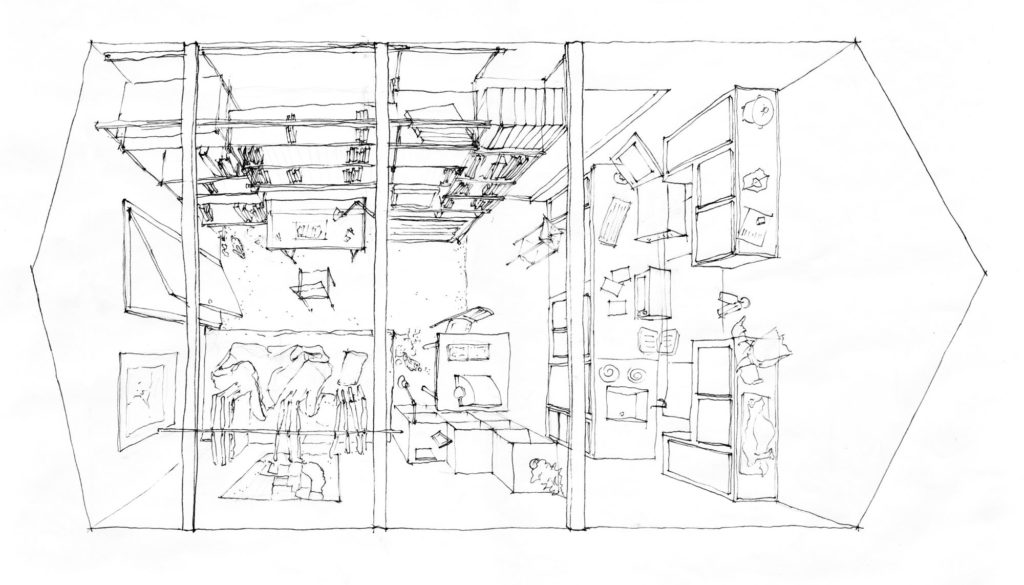
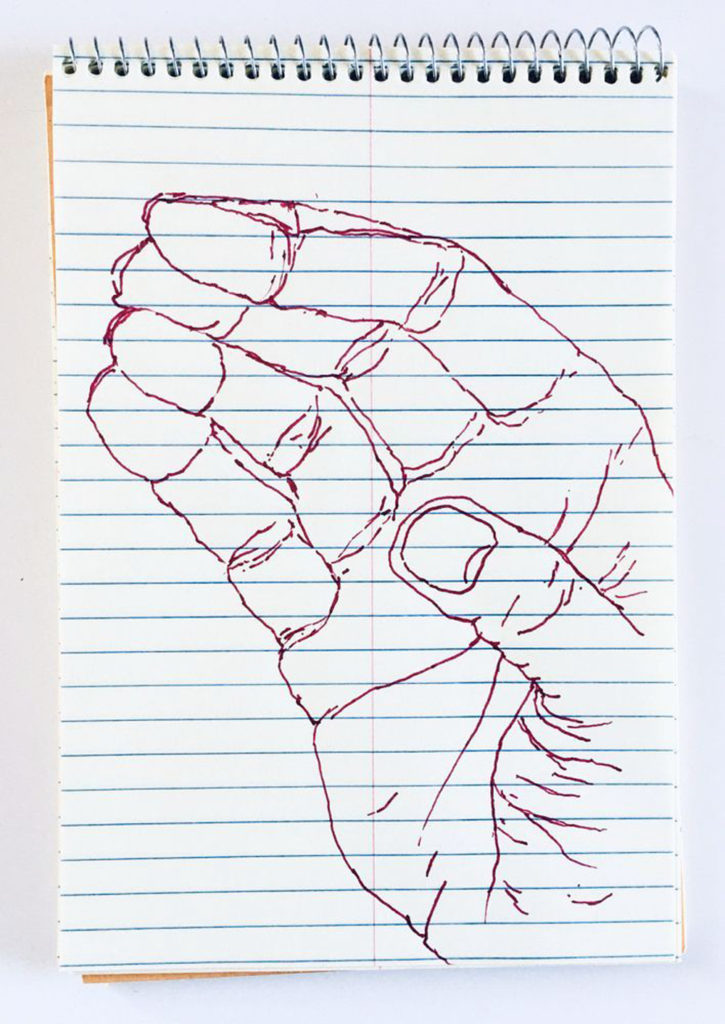
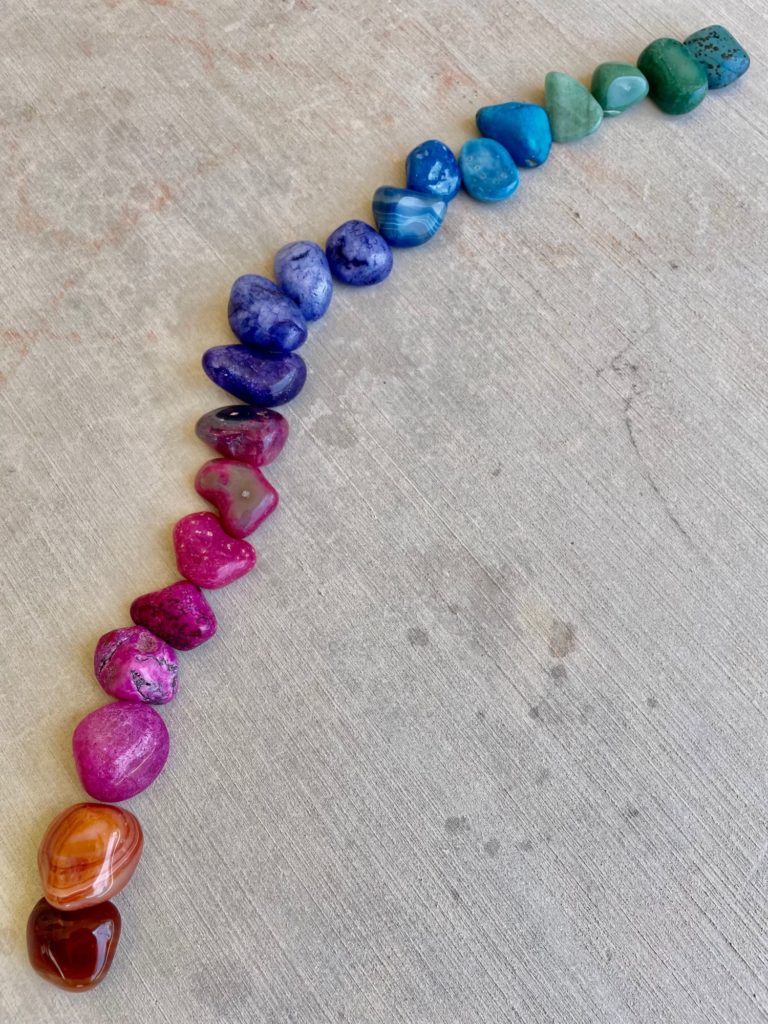
My parents dropped by our place in the morning to give the kids polished stones from a roadside stand on the way to the Grand Canyon. After they left, the girl sorted the collection before coming inside for breakfast.
Mama cut the ears of corn.
Gave us two pieces each.
He pulled out two chopsticks from the drawer,
For himself and his big sister,
I inserted the bamboo into the soft cob.
Corn on a stick!
He waved his yellow lollipop at me,
I inserted the back of the chopstick into his second piece.
He raised the golden barbell and announced,
I’m a strong guy!
䷯䷜
to
drink
out of a
clean well
shared
joy
A lizard sunned on a tree stump.
With a bright blue chin.
It ran away, then stopped.
Flashing pushups, it watched my withdrawal.
Spaceship walk!
He climbed onto my back for a better view of the lake.
As I put him down, he grabbed my collar and whispered,
Actually, I don’t want to walk anymore.
As we walked towards the pond,
A duck flew in to join two companions.
Quack.
Quack! Quack!
Quack.
Quack! Quack! Quack! Quack!
Quack!
It flew away.
A jackrabbit froze on gravel road.
It darted of when the kids clomped down the hill.
We told you to stop!
But he started first!
We saw a propane grill on a pickup truck.
Someone people are better at partying,
Even at a State park,
Especially at a State park.
䷏䷀
Family moments
gather like a
Hairpin.
the Sun
sets behind
a mountain Ranch
To celebrate our 10 year anniversary, I’m sharing this house that has been a part of our marriage for 9 years and 7 months.
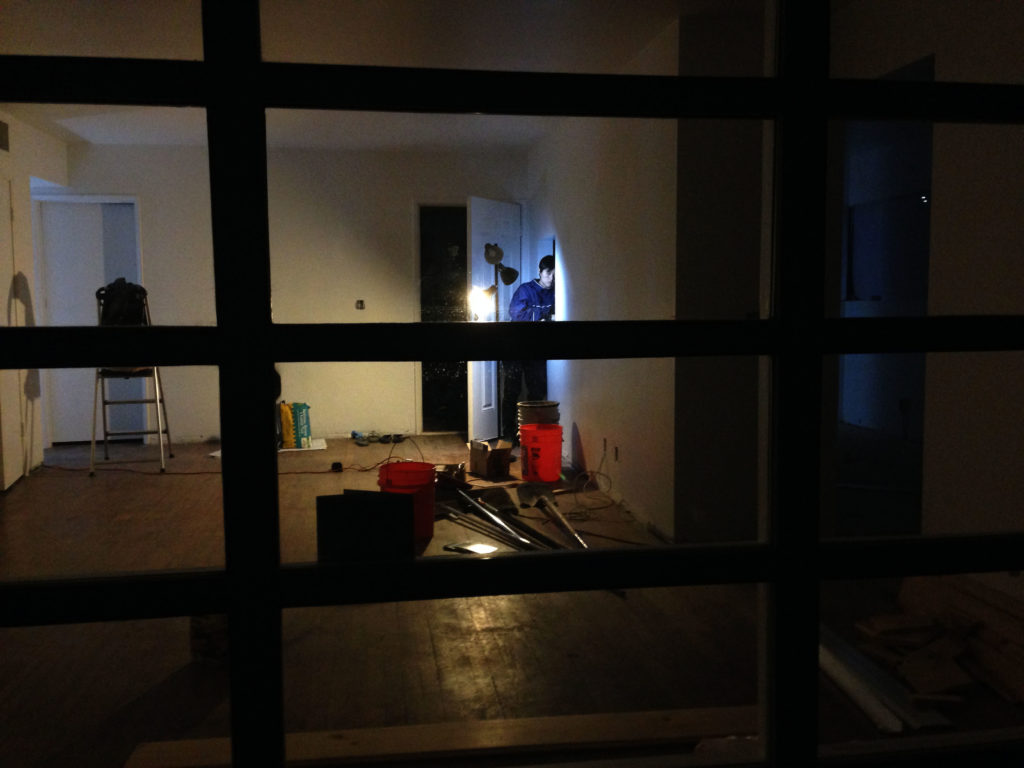
The 1,100 sf house was constructed in 1952 and needed a complete renovation.
Along with an complete update of the plumbing and electrical systems, the kitchen was rearranged with the former laundry room opened up for interior access and the insertion of a new powder room within the existing footprint.
Exterior work included a new roof, retrofitting the carport structure, and new concrete flatwork.
We performed the work as owner, architect, and general contractor overseeing the major trades. We also installed and refinished the interior throughout the house.
Project Description
This project was a constant irritant for four years, and we only lived in it for a few months. But it was worth it. We’ve had a great tenant for the last five years, and it set me up for the second phase of my career.
I had always been an employee without subordinates. This was the first time I managed other people. I suspect the hard won experience in difficult negotiations and contractor conflicts came through in my interview, helping me grab this job and preparing me to be an Owner PM.
Every architect should remodel their house, once.
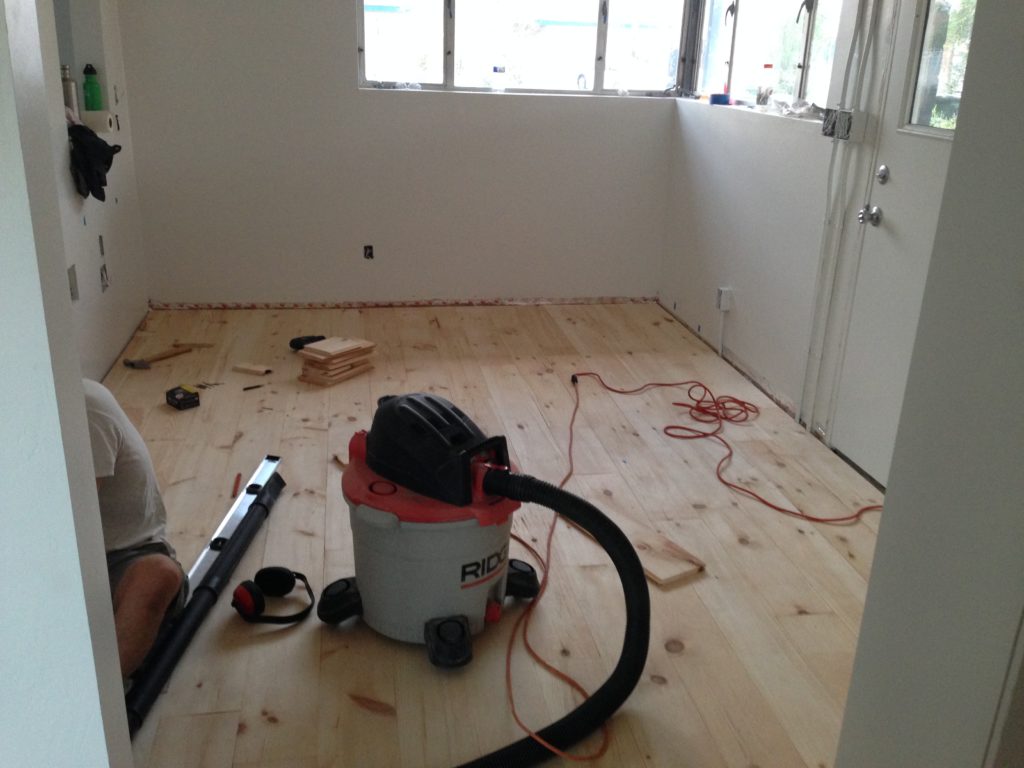
This remodel also taught me to treasure the moment and trust my wife.
By the time we moved in, she was pregnant with the boy. Once he arrived, we moved back in with her parents so they could help with the kids. Then the girl started school in their neighborhood and we never came back.
The universe doesn’t care how long you’ve taken to pursue a dream. Maybe you’ll get nothing, but sometimes it will be kind. Be grateful for those moments, however short. We got a Thanksgiving and Christmas in our house.
Victory is fleeting, and time moves fast. This experience taught me to be picky with my commitments. I learned to focus on activities where I’ve already won by merely doing. (That’s why I’ll never do another house remodel!)
Remodeling isn’t easy with two architects. I tend to rush, but she would sense something amiss and pause. So we’d stop. And think. And redesign. Again and again.
Each delay took days, but it kept getting better. Replay this drama a few times and I got the message. If she’s not ready, then I know something is wrong. I learned to trust her instincts.
I suspect most folks can learn such lessons without a miserable house remodel, but this was our crucible. Here’s to a decade, let’s hope for many more!
